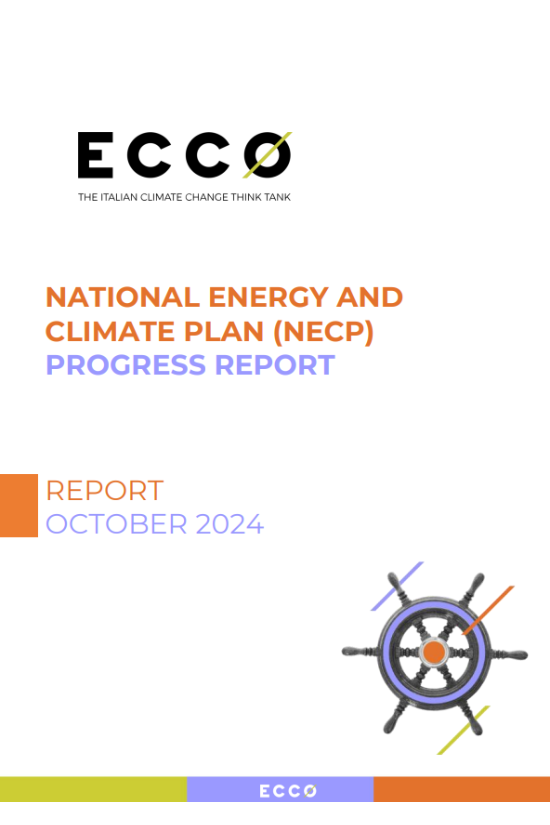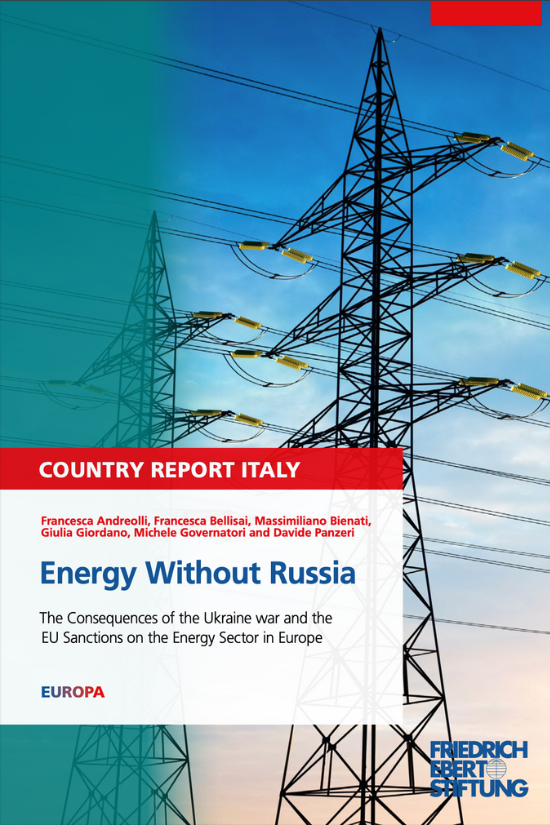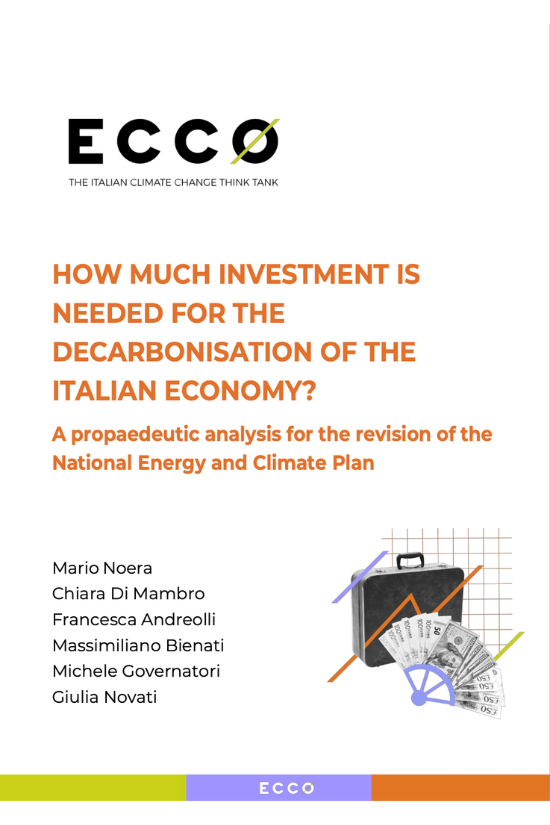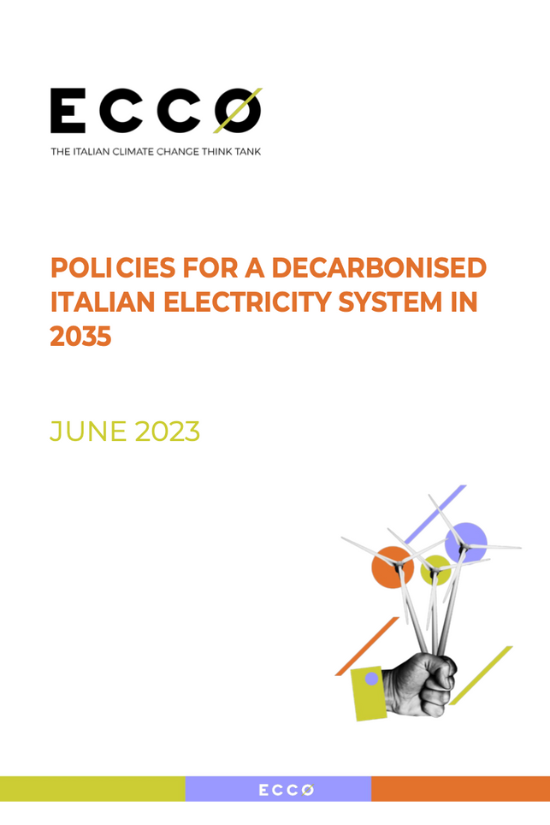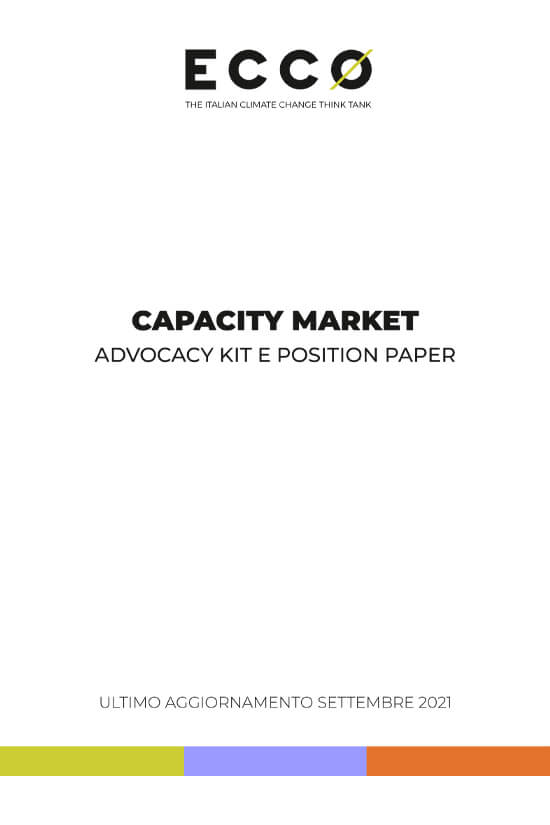Publications
Search
Filters
Authors
/ Alexandra Scott
/ Andrea Ghianda
/ Annalisa Perteghella
/ Beatrice Moro
/ Carolina Bedocchi
/ Caterina Molinari
/ Chiara Di Mambro
/ Chiara Mariotti
/ Chloe Pagliaro
/ Costanza Scano
/ Davide Panzeri
/ ECCO think thank
/ Eleonora Cogo
/ Federico Tassan-Viol
/ Filomena Annunziata
/ Francesca Andreolli
/ Francesca Bellisai
/ Gabriele Cassetti
/ Giovanni D'Amico
/ Giulia Colafrancesco
/ Giulia Giordano
/ Giulia Novati
/ Giulia Signorelli
/ Ilaria Mazzocco
/ Lorena Stella Martini
/ Luca Bergamaschi
/ Luca Iacoboni
/ Mario Noera
/ Marta Lovisolo
/ Massimiliano Bienati
/ Matteo Leonardi
/ Matteo Viola
/ Michele Governatori
/ Nicolas Drago
As a party to the Paris Agreement and as a member of the European Union, Italy’s national contribution is linked with that of other member states and, together, they are legally obliged to achieve a 55% reduction in net emissions, compared to 1990 levels, by 2030. The National Energy and Climate Plan (NECP) provides a national framework for countries to implement their emissions reduction commitments. A Plan that openly falls short of some of the objectives set by the Fit for 55 proposals.
The Russian invasion of Ukraine and the energy crisis which came in its wake have produced significant impacts on the energy sector in many EU countries, including Italy. This study shows that customers reacted to high gas prices by reducing consumption over and above the European target of 15%, with gas consumption dropping 18.6% from August 2022 to January 2023, in the absence of structural measures.
A propaedeutic analysis for the revision of the National Energy and Climate Plan (NECP). Estimates of the total investment that Italy needs in order to align with the new European Fit-for-55 targets range between an average of EUR 122 and EUR 134 billion per year. The additional investments needed are therefore EUR 30-42 billion per year higher than estimated in the NECP (2019), and 2-3 times higher than the amount allocated in the NRRP for the green transition in the 2021-26 five-year period (an average of EUR 14.4 billion per year).
The project aims to show the production technology, enabling technology and enabling policies required to comply with Italian energy regulations that an essentially decarbonised electricity system in 2035 will need to have in place in 2030 and 2035. The system will be the most economical of all those guaranteeing decarbonisation and security while complying with certain hypotheses.
Una breve introduzione al capacity market italiano e le ragioni per cui, a nostro parere, è incoerente e distorsivo con la transizione. Un kit, organizzato per punti, con le nostre proposte di modifica e i nostri suggerimenti in risposta alla consultazione Terna del maggio 2021.
As a party to the Paris Agreement and as a member of the European Union, Italy’s national contribution is linked with that of other member states and, together, they are legally obliged to achieve a 55% reduction in net emissions, compared to 1990 levels, by 2030. The National Energy and Climate Plan (NECP) provides a national framework for countries to implement their emissions reduction commitments. A Plan that openly falls short of some of the objectives set by the Fit for 55 proposals.
The Russian invasion of Ukraine and the energy crisis which came in its wake have produced significant impacts on the energy sector in many EU countries, including Italy. This study shows that customers reacted to high gas prices by reducing consumption over and above the European target of 15%, with gas consumption dropping 18.6% from August 2022 to January 2023, in the absence of structural measures.
A propaedeutic analysis for the revision of the National Energy and Climate Plan (NECP). Estimates of the total investment that Italy needs in order to align with the new European Fit-for-55 targets range between an average of EUR 122 and EUR 134 billion per year. The additional investments needed are therefore EUR 30-42 billion per year higher than estimated in the NECP (2019), and 2-3 times higher than the amount allocated in the NRRP for the green transition in the 2021-26 five-year period (an average of EUR 14.4 billion per year).
The project aims to show the production technology, enabling technology and enabling policies required to comply with Italian energy regulations that an essentially decarbonised electricity system in 2035 will need to have in place in 2030 and 2035. The system will be the most economical of all those guaranteeing decarbonisation and security while complying with certain hypotheses.
Una breve introduzione al capacity market italiano e le ragioni per cui, a nostro parere, è incoerente e distorsivo con la transizione. Un kit, organizzato per punti, con le nostre proposte di modifica e i nostri suggerimenti in risposta alla consultazione Terna del maggio 2021.
